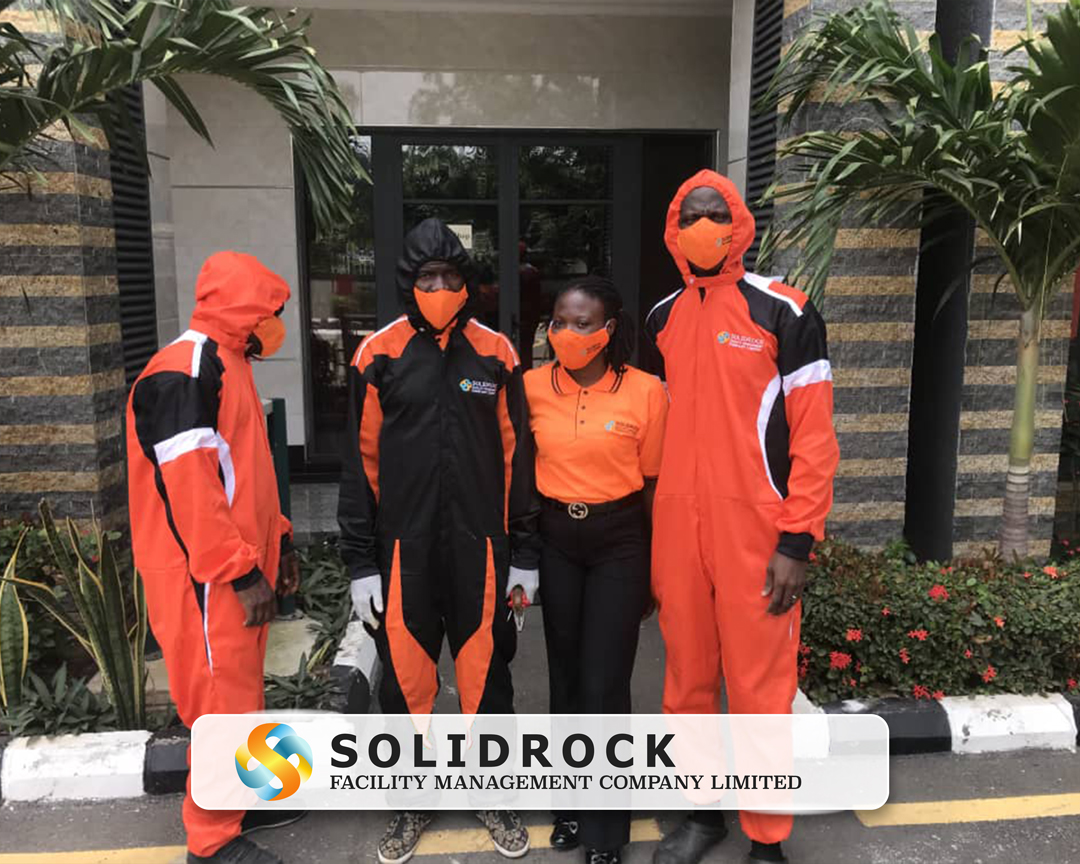The Hidden Risk Of Workplace Amenities
While amenities like break rooms and cafeterias are appreciated by employees, sometimes unwanted pests can sneak in.
In today’s workplaces, amenities like break rooms, cafeterias, and gyms are more than a perk; they’re a requirement to keep employees satisfied and foster a positive company culture. On-site amenities can even help attract prospective talent and reduce turnover. While these conveniences offer benefits to both employers and staff alike, they can also introduce an unexpected risk: pests. To continue providing these important resources without inviting an infestation, facility managers need to understand why amenities attract pests, the common pests they might experience in their amenities, and the most effective strategies for prevention and treatment.
Why Do Amenities Attract Pests?
To understand why workplace amenities attract pests, it’s important to know what draws them. Pests, both insects and rodents, need three things for survival: food, water, and shelter. In most cases, amenities offer these in abundance, making them prime locations for infestation.
While employees are drawn to break rooms and cafeterias to enjoy snacks or meals, pests are also equally enticed by crumbs and spills. Areas that have grab-and-go food offerings often go unattended, and dropped food or messes aren’t noticed until it’s too late. These spaces provide not only a reliable food source but also access to water. Whether a glass of water gets knocked over in the cafeteria or a water bottle leaks in the gym, spills that aren’t quickly cleaned up attract pests and encourage them to stay.
Shelter is equally important, as pests need a safe place to rest and reproduce. Food storage areas in cafeterias, boxes of unused equipment in gyms, and the many cracks and crevices in a break room provide the perfect place for pests to hide and breed. Unfortunately, once a pest has established residence in your amenities, they can spread quickly through connected rooms until the entire facility is impacted.
Which Pests Should You Look Out For?
While there are dozens of pests that could plague a business’s amenities, there are several types of rodents and insects that frequent commercial workplaces, including:

Cockroaches: These crawling insects enter facilities by flattening their bodies to squeeze through small cracks, and once inside, they like to hide in foodservice areas around refrigerators and underneath sinks. They’re also drawn to trash, making break rooms and cafeterias a cockroach’s paradise. Because they often congregate in drains, sewers, and near waste, they are responsible for transmitting 33 types of bacteria, six types of parasitic worms, and seven kinds of human pathogens. They can even trigger allergies and asthma, so if you spot a cockroach, getting it handled quickly is a matter of employee safety.
Rodents: Rats and mice are attracted to rotting food and can fit through holes a fraction of their size. Because they’re nocturnal in nature, their presence can be hard to pinpoint, but you’ll see signs in the way of droppings and chewed-through bags and boxes. Similar to cockroaches, they also transmit diseases and cause allergies, so it’s important to deal with a rodent issue before they have a chance to breed.
Bed bugs: While commonly found in hotels, bed bugs can be found in nearly any business, especially those with on-site fitness centers. These small, oval-shaped bugs primarily feed at night, making them hard to notice and harder to get rid of. They reproduce and spread incredibly quickly, so if you see even one bed bug, molt skin, eggshell, or fecal spot, it’s important to call in the professionals.
How Do You Prevent And Address A Pest Issue?
When it comes to avoiding a pest infestation in your facility’s amenities, prevention is easier than treatment. Beyond removing attractants such as food, water, and shelter, there are a few steps you can employ to help prevent pests from infiltrating your amenities:
Maintain a strict cleaning regimen: One of the best ways to remove attractants, and therefore help reduce the risk of pests, is by making cleaning and sanitizing an ongoing habit within your facility. To help prevent cockroaches and rodents from entering your break rooms and cafeterias, dispose of waste quickly and thoroughly. This means taking out the trash, especially when it contains food scraps. When food or drinks get spilled, promptly clean them up –even sticky residue that you might not be able to see! Finally, establish an ongoing vacuuming routine to dispose of crumbs and messes before they have a chance to attract pests.
Unfortunately, sometimes no matter how many preventive measures you take, pests can’t be avoided. Not only can they squeeze their way in through cracks and crevices, but they can also hitchhike in on deliveries, in backpacks, and even on your employees or guests themselves. It’s important to get help from a pest management professional. Experts in the industry will be able to identify the pests affecting your facility and devise a treatment plan to address the issue. The best time to contact pest control professionals is before you see signs of a pest. Preventative pest control measures are often more cost effective than dealing with current infestations.





